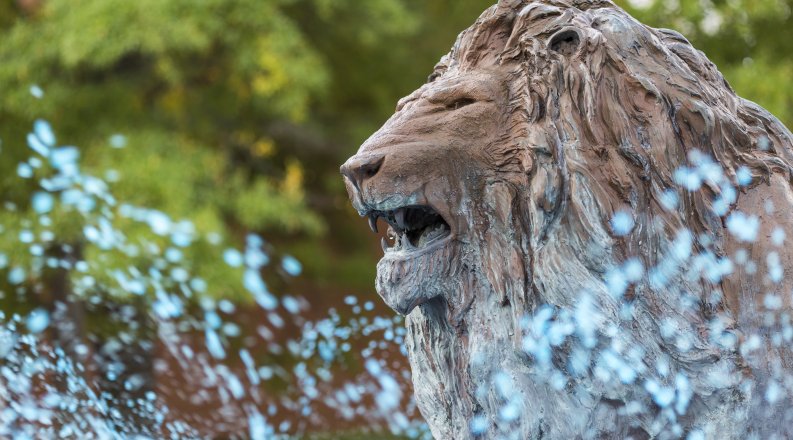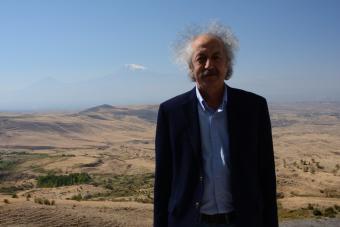The Continuous Electron Beam Facility (CEBAF) accelerator at Jefferson Lab in Newport News is the world's only continuous electron beam facility capable of producing with very high intensity beams. For over 25 years, scientists at CEBAF have used these electron beams to make high energy photons to probe the internal structure of atoms, their protons, neutrons and more complex nuclei, using different scattering processes. However, there are limits to what can be accomplished with these electromagnetic probes.
Dr. Moskov Amaryan, Professor and Jefferson Lab researcher, is leading a team of ODU physicists and postdocs to use CEBAF to produce a secondary beam of the so-called K-long, strongly interacting long-lived kaon particles. A similar technique has been used at the Stanford Linear Accelerator in California decades ago, but with a much lower intensity. The Jefferson Lab project will have a thousand times higher intensity, an impressive feat considering that doubling or tripling the efficiency would have been extraordinary. With such an intense beam, Dr. Amaryan and co-workers hope to discover not one or two, but dozens of missing particles made of light u- and d-quarks and one strange s-quark called hyperons. In contrast, more well-known ordinary baryons, like protons (uud) or neutrons (udd), are made of three light quarks..
Dr. Amaryan explains why this discovery will be important. 'Imagine if we would have only discovered half or less of the elements in the periodic table. The same issue is true for particles. Our great predecessors of the last century have discovered quarks and gluons, particles responsible to keep quarks inside hadrons, the common word for baryons made of three quarks and mesons made of quark anti-quark pairs. The quark model also predicts existence of multi-quark states, which over the last two decades were very hot topics in hadron physics. The discovery of the full family of states will increase our understanding of Quantum Chromodynamics, a theory of strong interactions.'
The CEBAF K-long project includes 150 physicists from 68 universities in 19 countries worldwide and is the largest collaboration in Jefferson Lab history. Dr. Amaryan predicts that is will take couple of years to build necessary components which will run in Hall-D of Jefferson Lab for 200 days. The K-long team is excited for the outcome of these experiments, which they expect to impact our understanding of the thermodynamic properties of the Early Universe sometime around one microsecond after the Big Bang, during the freeze-out phase when visible matter first began to form.




